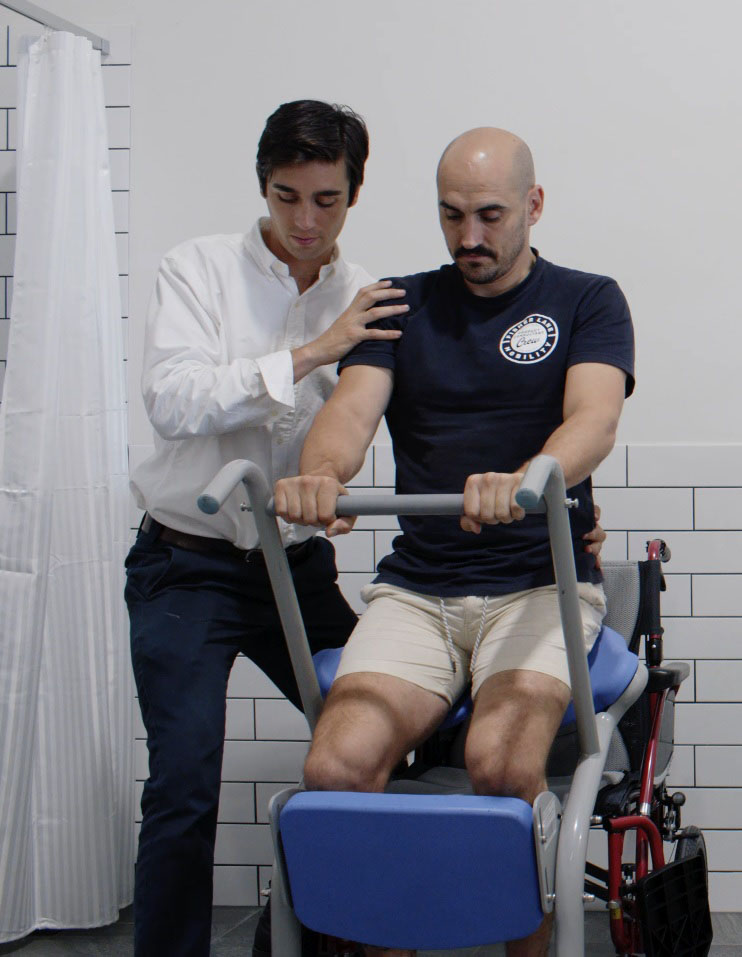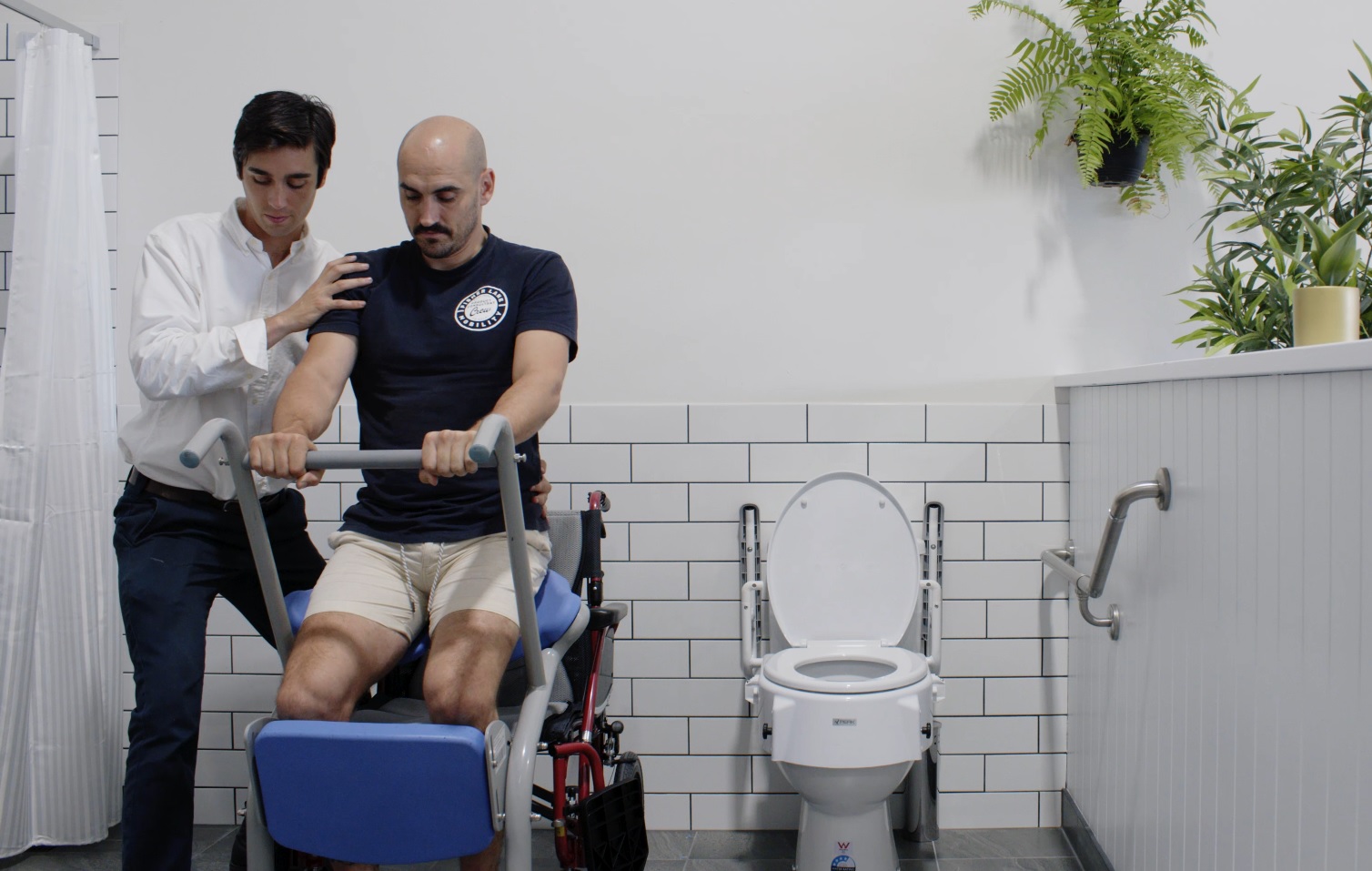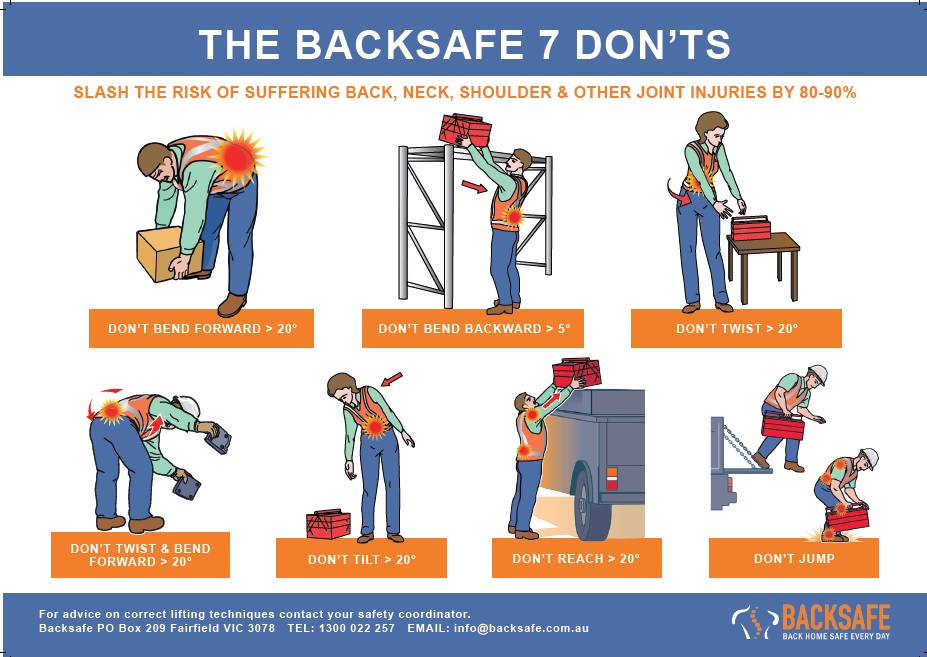Within the Healthcare industry, the importance of Manual Handling cannot be overlooked. It plays a crucial role in ensuring the well-being of both healthcare providers and patients. Understanding the principles and best practices of manual handling is essential for healthcare workers to carry out their duties effectively and safely.
Understanding the Importance of Manual Handling in Healthcare
Manual handling is an important part of patient care in the healthcare environment. It involves the movement and lifting of patients, medical equipment, and other heavy objects. The physical demands of manual handling tasks require healthcare workers to have the necessary skills and knowledge to perform them safely and efficiently.
Healthcare facilities often provide training programs to educate staff on proper manual handling techniques. These programs cover topics such as body mechanics, use of lifting aids, and risk assessment. By equipping healthcare workers with the right tools and knowledge, facilities can reduce the likelihood of workplace injuries and improve patient safety and outcomes.
The Role of Manual Handling in Patient Care
Manual handling is an essential component of providing patient care. Healthcare workers often need to assist patients in moving from one place to another, such as transferring them from beds to wheelchairs or helping them to stand and walk. Proper manual handling techniques ensure that patients are moved with minimal discomfort and risk of injury to both the worker and the patient.
Additionally, manual handling plays a crucial role in maintaining patient dignity and independence. By assisting patients with mobility, healthcare workers help promote a sense of autonomy and well-being. This aspect of care is particularly important in fostering positive patient experiences and building trust between healthcare providers and patients.
Safety Implications of Manual Handling
Failure to adhere to safe manual handling practices can have serious consequences for both healthcare workers and patients. Healthcare providers who engage in improper lifting techniques or overexert themselves are at risk of musculoskeletal injuries, such as strains and sprains. Similarly, patients may experience discomfort, pain, or even falls during manual handling procedures.
It is essential for healthcare organisations to prioritise the implementation of ergonomic principles in manual handling tasks. This includes assessing the physical environment, using assistive devices when necessary, and promoting a culture of safety within the workplace. By emphasising the importance of safe manual handling practices, healthcare facilities can create a safer and more efficient care environment for both staff and patients.

Basic Principles of Manual Handling
Healthcare workers should have a solid understanding of the basic principles of manual handling to minimise the risk of injury and ensure the safety of everyone involved. Two key aspects of manual handling are body mechanics and safe lifting techniques.
Manual handling is not only crucial in healthcare settings but also in various other industries where physical tasks are involved. Understanding and implementing proper manual handling techniques can significantly reduce the risk of musculoskeletal injuries and promote a safer work environment.
Body Mechanics in Manual Handling
Body mechanics refer to the efficient use of the body’s muscles and alignment of the spine during manual handling tasks. Healthcare workers should learn to maintain a neutral position of their back, engage their core muscles, and distribute the weight evenly to prevent strain or injury.
Furthermore, body mechanics also encompass the importance of proper footwear and clothing that allow for unrestricted movement during manual handling activities. Wearing supportive footwear with good traction can help prevent slips and falls, while clothing that is not too tight or restrictive enables healthcare workers to move comfortably and perform tasks with ease.
Safe Lifting Techniques
Safe lifting techniques are essential for healthcare workers when handling heavy loads, including patients. They involve maintaining good posture, bending the knees, and using the legs and core muscles to lift rather than relying solely on the strength of the arms or back.
In addition to using proper lifting techniques, healthcare workers should also assess the environment for any potential hazards before engaging in manual handling tasks. Clearing pathways, ensuring adequate lighting, and using assistive devices when necessary are all part of creating a safe and ergonomic work environment that supports proper manual handling practices.
Manual Handling Equipment in Healthcare
Manual handling equipment plays a crucial role in reducing the physical strain on healthcare providers and ensuring the safe transfer of patients or objects. It is important for healthcare workers to be familiar with the different types of manual handling equipment and how to use them appropriately.
Healthcare facilities prioritise the well-being of both patients and staff members, and the implementation of proper manual handling equipment is a key component of achieving this goal. By utilising specialised tools and devices, healthcare providers can minimise the risk of injuries related to lifting and transferring patients, ultimately promoting a safer and more efficient work environment.
Types of Manual Handling Equipment
In healthcare settings, there is a wide range of manual handling equipment available, including hoists, slings, transfer boards, and transfer belts. Each type of equipment is designed for specific purposes, and healthcare workers should receive proper training on their correct usage.
Hoists are commonly used to lift and move patients who have limited mobility or require assistance transferring between surfaces. Slings provide additional support and stability during transfers, ensuring the safety of both the patient and the healthcare provider. Transfer boards facilitate smooth movement across different surfaces, reducing friction and the risk of skin injuries. Transfer belts offer a secure grip for healthcare workers to support and guide patients during ambulation or transfers.
Proper Use and Maintenance of Equipment
Using manual handling equipment correctly is crucial to maintain safety standards. Healthcare workers should be trained on how to safely operate the equipment, including proper attachment and adjustment of slings, checking weight limits, and regular inspection and maintenance to ensure their functionality.
Regular maintenance of manual handling equipment is essential to prolong its lifespan and ensure optimal performance. Healthcare facilities often have protocols in place for routine inspections, cleaning, and servicing of equipment to identify any issues early and prevent accidents or malfunctions. By adhering to these maintenance guidelines, healthcare providers can rely on their manual handling equipment to function effectively when needed, promoting a safe and efficient caregiving environment.

Manual Handling Risk Assessment
Conducting manual handling risk assessments is a proactive approach to identify potential hazards and implement control measures to minimise the risk of injury. Healthcare workers should be actively involved in risk assessment processes to ensure their safety and the safety of others.
Manual handling tasks are an integral part of many industries, including healthcare, manufacturing, and construction. These tasks involve lifting, pushing, pulling, carrying, and holding objects, which can put strain on the musculoskeletal system if not performed correctly. By conducting regular risk assessments, organisations can create a safer work environment and prevent work-related injuries.
Identifying Potential Hazards
A thorough risk assessment involves identifying potential hazards associated with manual handling tasks, such as awkward postures, repetitive movements, heavy loads, or insufficient space. By recognising these hazards, appropriate control measures can be put in place to mitigate the risks.
It is essential to consider not only the immediate risks but also the long-term effects of manual handling tasks on workers’ health. Factors such as the frequency of task performance, duration of exposure, and individual worker capabilities should be taken into account during the risk assessment process.
Implementing Control Measures
Once potential hazards are identified, control measures should be implemented to reduce the likelihood of accidents or injuries. These may include providing additional training, using mechanical aids, implementing ergonomic workplace modifications, or redesigning manual handling procedures.
Regular monitoring and review of control measures are crucial to ensure their effectiveness and make adjustments as needed. By involving employees in the implementation process, organisations can benefit from their insights and experiences to create a safer and more efficient work environment.

Manual Handling Training for Healthcare Workers
Continuous training and education in manual handling are crucial for healthcare workers to maintain competence in their roles. It allows them to stay updated on best practices, refresh their skills, and adapt to new technologies or changes in the healthcare environment.
Healthcare workers are often required to perform physically demanding tasks, such as lifting and transferring patients, which can put strain on their bodies. Manual handling training provides them with the knowledge and techniques to perform these tasks safely and effectively, reducing the risk of injuries for both the healthcare provider and the patient.
Essential Components of Manual Handling Training
Effective manual handling training programs should cover key topics such as body mechanics, safe lifting techniques, use of manual handling equipment, risk assessment, and proper communication between healthcare providers and patients. Interactive sessions, practical demonstrations, and scenario-based training can enhance the learning experience.
Body mechanics, for example, teach healthcare workers how to use their body in the most efficient way when performing manual handling tasks. This includes maintaining a proper posture, using the legs instead of the back to lift, and distributing the weight evenly. By understanding and implementing these principles, healthcare workers can minimise the strain on their bodies and reduce the risk of musculoskeletal injuries.
Refreshing and Updating Manual Handling Skills
It is important for healthcare workers to regularly refresh and update their manual handling skills and knowledge. Continuous professional development programs or refresher courses can help reinforce safe practices, address any misconceptions or gaps in understanding, and ensure that healthcare providers are equipped with the latest information and techniques.
These programs, such as Backsafes Manual Handling Training or Patient Moving Training, not only provide healthcare workers with the opportunity to review and practice their skills, but also to learn about new advancements in manual handling equipment and technologies.
For example, there may be new lifting devices or assistive technologies that can make manual handling tasks easier and safer for both the healthcare worker and the patient.
The importance of Manual Handling in healthcare cannot be overlooked. By understanding the principles, implementing safe practices, and utilising appropriate equipment, healthcare workers can enhance patient care while safeguarding their own well-being. Continuous training and risk assessment are essential components of a comprehensive approach to manual handling that promotes safety and reduces the risk of injuries.
If you’re looking for Manual or Patient Handling Training for Healthcare Workers, feel free to contact us on 0411 838 033 or at jane@backsafe.com.au.




